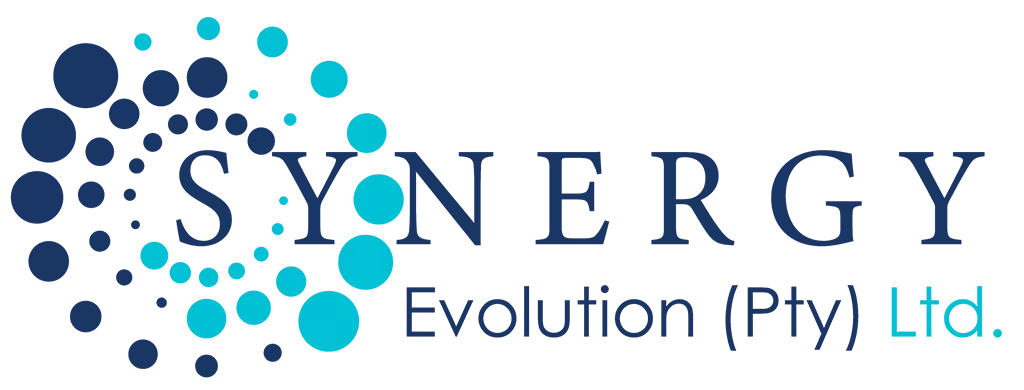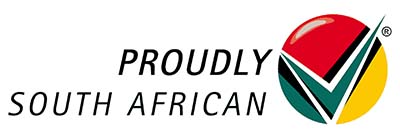Effective asset tracking is crucial for businesses of all sizes, as it ensures that each asset is accounted for, properly utilized, and maintained.
However, keeping track of assets manually can be time-consuming and prone to errors.
Fixed asset management software simplifies and enhances asset tracking through automation, real-time visibility, and centralized data.
In this guide, we’ll explore how fixed asset management software helps businesses track their assets more effectively.
Real-Time Asset Tracking
One of the primary benefits of fixed asset management software is real-time tracking, which provides businesses with up-to-date information on the location and status of each asset.
Real-time tracking offers several advantages:
- Location Monitoring: Know exactly where each asset is located, whether it’s at a specific facility, on a job site, or in transit.
- Status Updates: Track the condition and operational status of assets, allowing you to identify which assets are in use, under maintenance, or in storage.
- Enhanced Security: Reduce the risk of asset loss or theft by knowing the exact location of high-value items at all times.
Real-time tracking provides greater visibility and control over your assets, making it easier to manage them efficiently.
Automated Asset Identification and Tagging
Fixed asset management software uses automated identification methods to streamline asset tracking. Common tagging options include:
- Barcodes: Scan barcodes attached to each asset for quick identification and data entry.
- RFID Tags: Use radio-frequency identification (RFID) tags for automated tracking and location updates.
- QR Codes: Scan QR codes for instant access to asset details, including purchase date, maintenance history, and current status.
Automated tagging and identification eliminate manual entry errors and ensure that each asset is accurately accounted for in the system.
Centralized Asset Database
A centralized asset database consolidates all asset information in one location, making it easy to access, update, and review data.
Benefits of a centralized database include:
- Easy Access to Data: Store all asset-related information, such as purchase details, warranty status, and maintenance records, in a single platform.
- Improved Collaboration: Enable different departments to access the same database, reducing communication gaps and improving decision-making.
- Simplified Data Management: Update asset records in real-time, ensuring that the database always reflects the current status of each asset.
Having a centralized asset database helps businesses make better decisions about asset management, utilization, and maintenance.
Tracking Asset Usage and Utilization
Tracking asset usage is essential for understanding how assets are being utilized within the business.
Fixed asset management software provides insights into:
- Frequency of Use: Monitor how often assets are used and identify underutilized assets.
- User Activity: Track who is using each asset and when, ensuring accountability and proper usage.
- Maintenance Needs: Use usage data to schedule maintenance activities based on actual asset usage rather than time intervals.
By tracking usage and utilization, businesses can optimize asset allocation, improve utilization rates, and reduce unnecessary expenses.
Comprehensive Reporting and Analytics
Fixed asset management software offers powerful reporting and analytics features that help businesses gain deeper insights into their assets.
Some key reports include:
- Asset Performance Reports: Analyze how well each asset is performing based on utilization and maintenance history.
- Depreciation Reports: Track the depreciation of assets over time, providing valuable information for financial reporting and tax compliance.
- Inventory Reports: View the total inventory of assets, including their location, condition, and current status.
These reports provide a comprehensive view of asset performance and usage, enabling businesses to identify opportunities for cost savings and improve overall asset management strategies.
Conclusion
Fixed asset management software significantly improves asset tracking by providing real-time visibility, automating identification, centralizing data, and offering comprehensive reporting and analytics.
With these features, businesses can ensure that each asset is properly accounted for, optimally utilized, and maintained, leading to better asset management outcomes.
By adopting fixed asset management software, businesses can streamline their tracking processes and achieve greater control over their assets.






